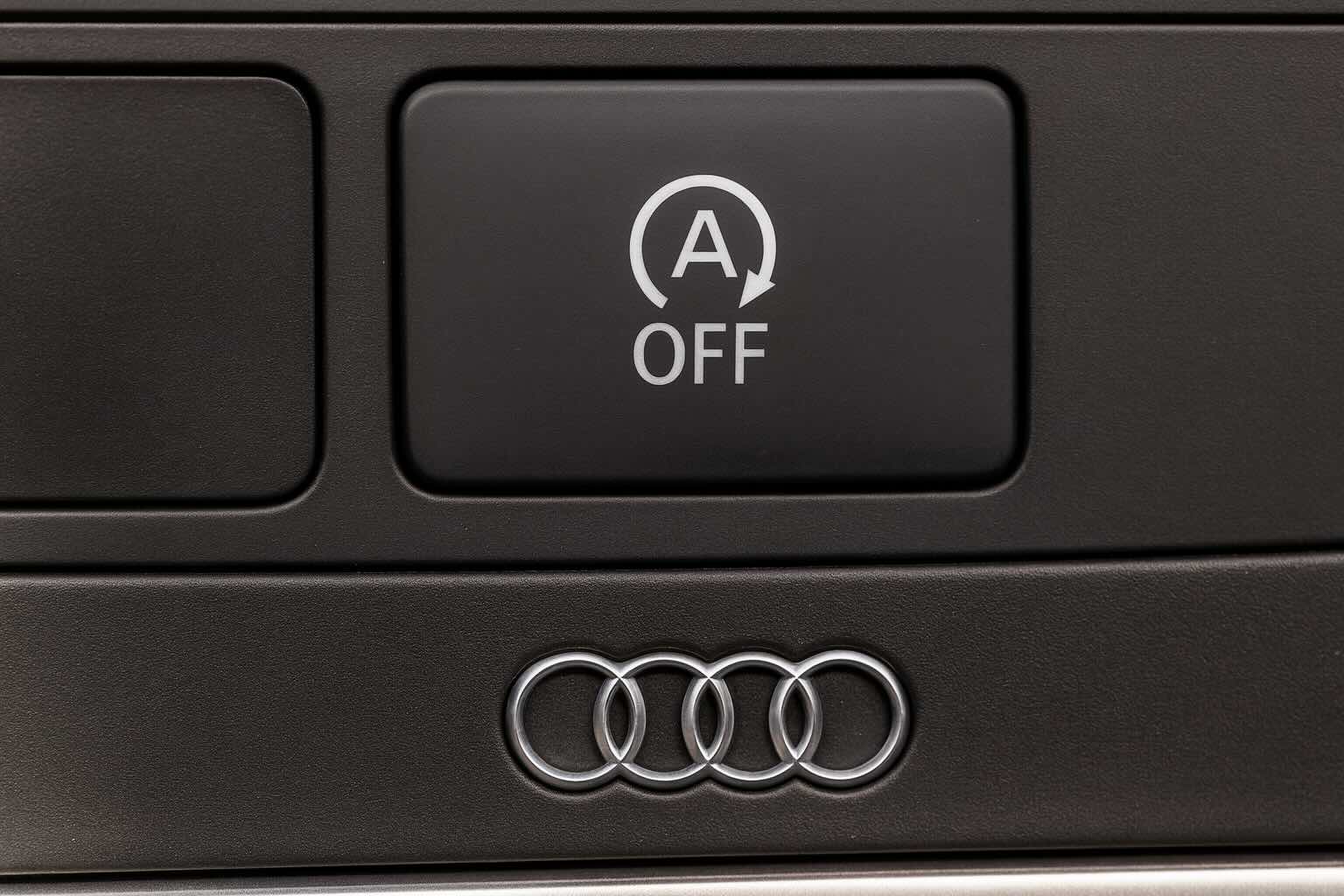The Beginning of the End
For more than 15 years, carmakers have been fitting vehicles with start-stop systems. The idea sounded brilliant: save fuel and reduce emissions by shutting off the engine when the car idles at a stoplight, then restarting it as soon as you press the gas.
But now, the Environmental Protection Agency (EPA) has made its verdict clear: these systems are not living up to the hype. According to the agency, the benefits are marginal at best — and the downsides may outweigh them. Under the Trump administration, the EPA is moving to strip away incentives for automakers to keep installing start-stop technology, meaning it may vanish from future models altogether.
What Start-Stop Systems Promised
When first introduced in the early 2000s, start-stop technology seemed like a simple fix to an old problem: fuel wasted while idling.
-
Research from the U.S. Department of Energy suggested that idling cars could use up to half a gallon of fuel per hour.
-
Automakers claimed that shutting off the engine while waiting at red lights could save 4%–10% in city driving fuel consumption.
-
In theory, this meant cleaner air, lower emissions, and more money in your pocket.
The concept took off quickly. What started as a luxury feature soon became standard. By 2012, only 1% of U.S. cars had it. Today, more than 65% of American cars and over 90% of vehicles in Europe and Japan come equipped with it.
But reality didn’t quite match the promise.
Why the EPA is Pumping the Brakes
After years of study, the EPA now argues that start-stop systems don’t deliver meaningful environmental benefits.
EPA administrator Lee Zeldin explained that:
-
Fuel savings are minimal: closer to 4–5%, not the 10% once promised.
-
Emission reductions are small: not enough to justify the added complexity.
-
Increased wear and tear: starter motors and batteries work harder, potentially reducing their lifespan.
The system may look good on paper, but the real-world impact just isn’t significant. And for many drivers, the system has been more of a frustration than a feature.
The Driver’s Experience: Annoying or Useful?
For people who spend most of their time in dense urban areas, start-stop systems seemed more logical. After all, frequent stops should mean more opportunities to save fuel.
But here’s the catch:
-
Early versions were slow and clunky, leaving drivers frustrated when their cars hesitated to restart.
-
Even improved versions feel unnatural and jarring to many drivers.
-
Some drivers simply disable the feature because they find it irritating or fear long-term damage.
According to Consumer Reports, the system’s effectiveness often depended on the make and model. Some cars implemented it well, but many didn’t.
Why Automakers Added It Anyway
If drivers didn’t love it, why did manufacturers install it on so many cars? The answer lies in credits and incentives.
The EPA and other agencies awarded fuel economy credits to automakers for including start-stop systems. These credits helped brands meet regulatory targets without making larger, more expensive engineering changes.
In other words, carmakers didn’t install start-stop technology because drivers demanded it — they installed it because it made their compliance numbers look better.
Now, with those credits under review, many automakers may quietly drop the feature from future models.
The Bigger Picture: A Shift Toward Electrification
Start-stop systems were meant to be a bridge technology — a temporary fix to cut fuel use before bigger innovations arrived. But the auto industry has changed dramatically in the last decade.
-
Hybrid and electric vehicles already achieve the same benefit (no idling emissions) without the mechanical complexity.
-
Hydrogen power and other emerging technologies are also gaining attention.
-
With electrification growing rapidly, start-stop systems look more like yesterday’s solution to yesterday’s problem.
In this context, the EPA’s move makes sense. Why keep rewarding a minor, unpopular feature when the future clearly lies in zero-emission powertrains?
Did Start-Stop Systems Fail?
It’s fair to ask: was start-stop technology a complete failure?
Not exactly. For its time, it showed that small changes in engine management could lead to measurable fuel savings. Even if those savings were smaller than promised, they still added up across millions of cars.
But as technology advanced, what once seemed clever quickly became outdated and inconvenient. Start-stop systems may have played their role in nudging the industry forward, but now they’re simply obsolete.
What’s Next for Drivers and Automakers
So what does this mean for car owners and buyers?
-
Current cars with start-stop: Your system will keep working as long as your vehicle lasts. Many models already allow drivers to disable it manually.
-
Future models: Expect fewer new vehicles to include start-stop systems, especially if the EPA removes credit incentives.
-
Automaker strategy: Brands will focus more on electrification, hybrids, and other advanced systems rather than small add-ons like start-stop.
In Europe and China, where environmental policies differ, start-stop systems may stick around longer. But in the U.S., their days seem numbered.
Time to Say Goodbye
Start-stop systems were once hailed as a clever way to save fuel and cut emissions. But the EPA’s recent review shows that their benefits are too small, too inconsistent, and too frustrating for drivers.
With the rise of electric and hybrid cars, this feature has become redundant. Automakers are preparing to phase it out, and most drivers probably won’t miss it.
Sometimes, progress means knowing when to let go of old ideas. And for start-stop technology, it looks like the road has finally come to an end.
